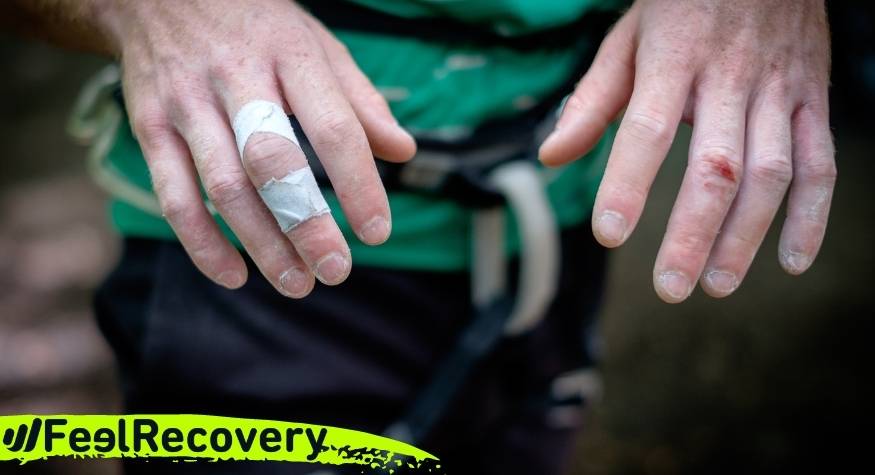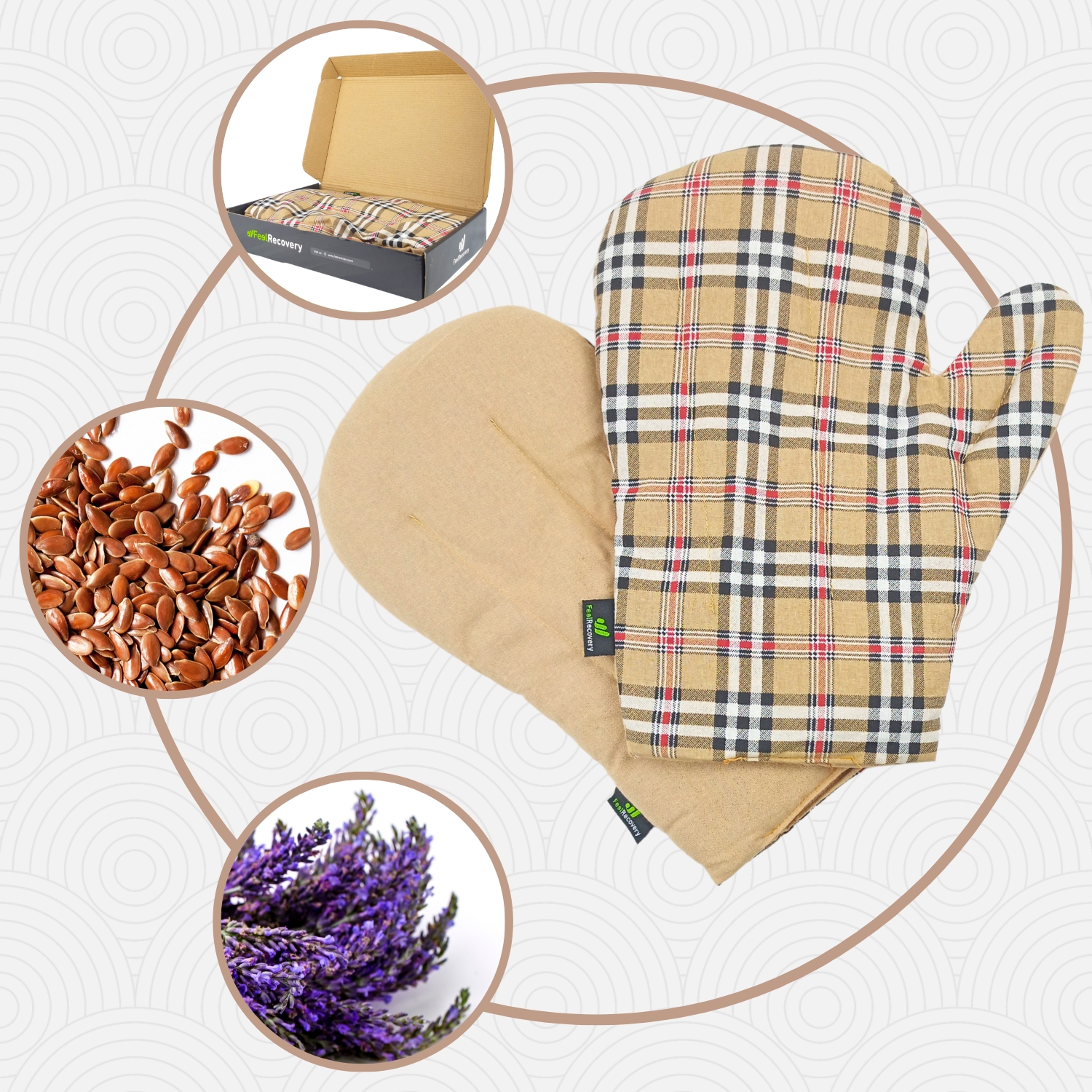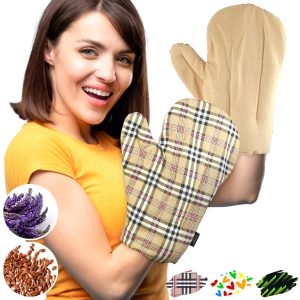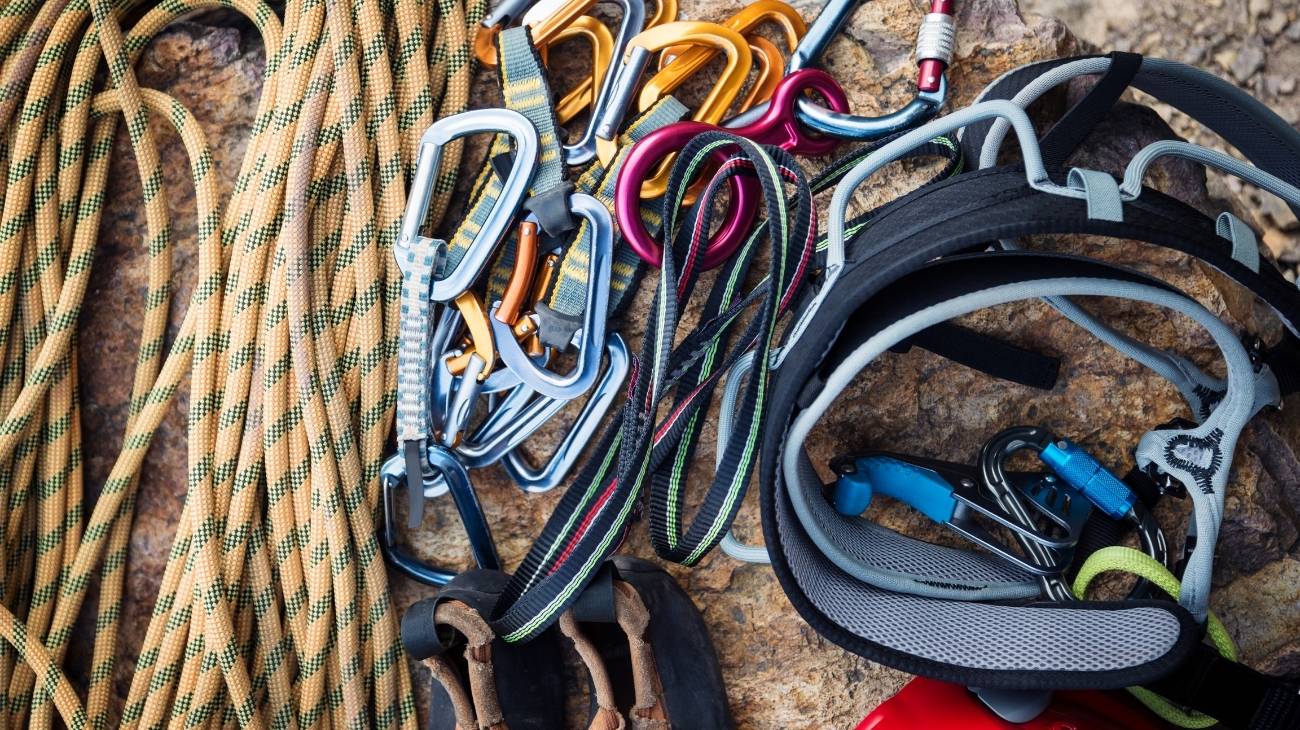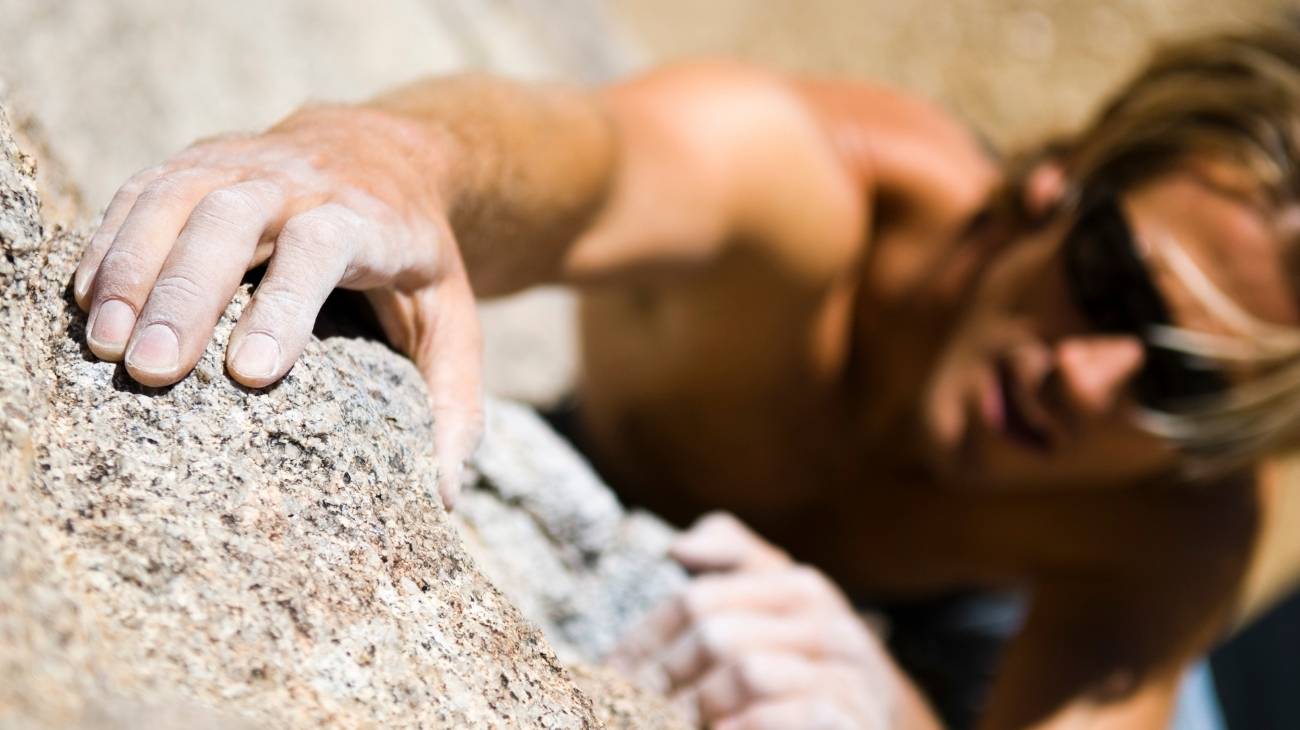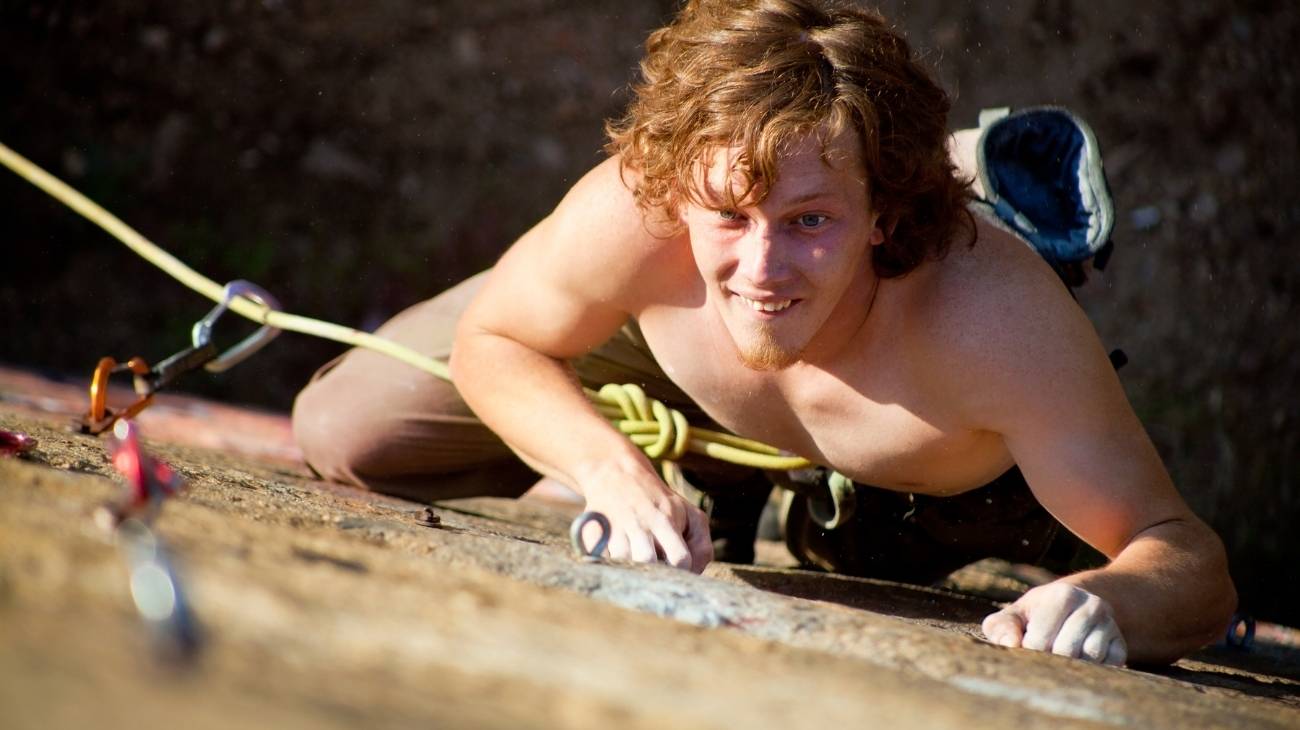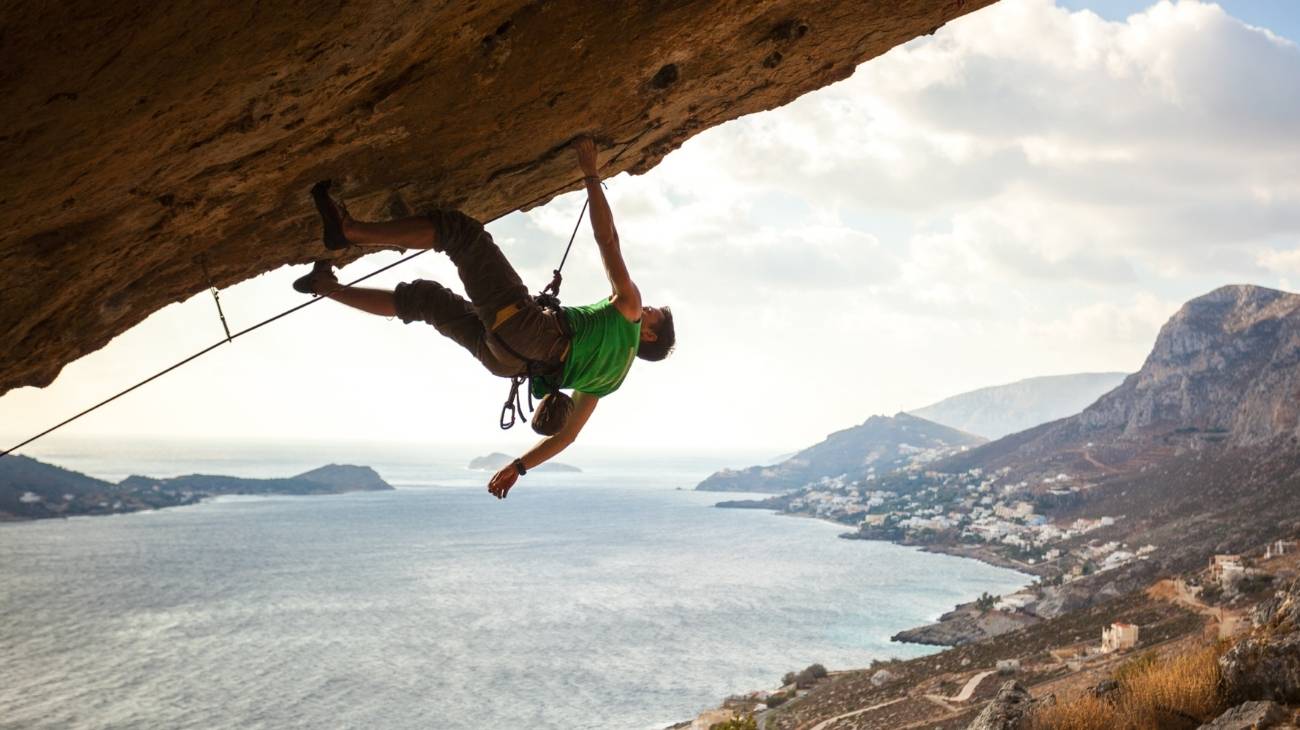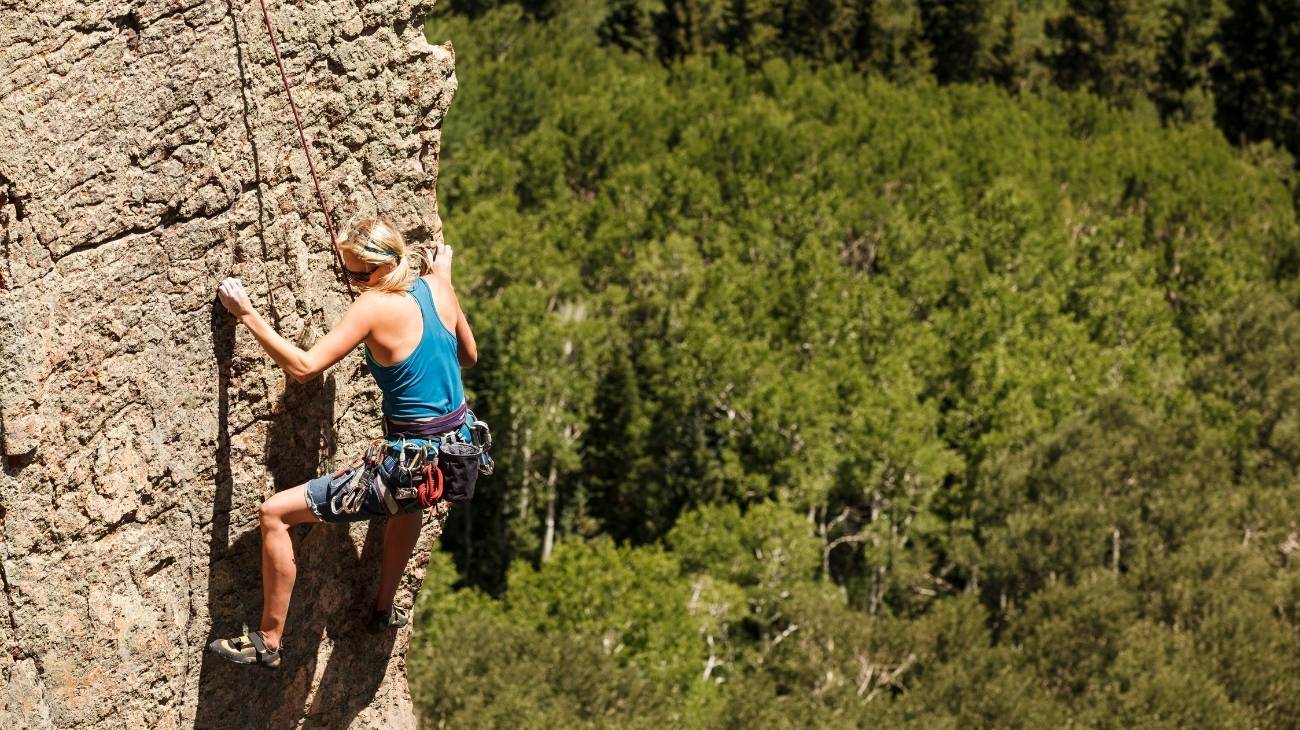Sports injuries to hands, fingers and wrists in climbing are among the most frequent in this sport. This is due to the strength developed by the hands and fingers to perform the rock climbing technique correctly.
In the following post we want to talk about the most common hand, finger and wrist injuries in rock climbing and how to treat them with the RICE therapy. If you learn to identify them, you will be able to avoid and prevent their occurrence. Go for it!
What are the most common types of hand, finger and wrist injuries when climbing?
Some studies state that climbers suffer most frequently from injuries to the tendons in their fingers. In general, sprains, fractures and grazes are caused by the use of ropes, poor technique, overexertion and falls, the latter when a bad step is taken, a rock comes loose or there is bad weather.
Here are the most common hand, finger and wrist injuries in climbers:
Finger pulley injuries
With persistent closed hand pressing, the proximal joint flexes to more than 90°, causing hyperextension at the interphalangeal joint. All this strain increases the tension on the A2 pulley, which is unable to withstand the stress. The climber will experience pain, clicking and tenderness.
In rock climbing this injury is most often caused by unexpected shock loading, slipping or breaking of the grip. The severity of this injury occurs at three levels, the mildest being a pulley sprain. The second level of severity refers to a partial pulley break, while the severe level will cause a complete pulley break. In the latter, symptoms extend to bruising, pain on squeezing and moving the finger.
Tear of the triangular fibrocartilage complex
The triangular fibrocartilage complex (TFCC) corresponds to a series of structures located at the wrist joint between the ulna and carpus on the same side as the little finger. These structures are very important to ensure optimal function of the hand, and stability at the wrist joint.
In climbing, this injury is caused by a fall on the outstretched hand. However, the most frequent risk factor is overuse, leading to instability and chronic low-grade wrist pain. Also, when compression of the wrist is combined with rotation or twisting, for example, during the placement of a restraint.
Strain of the flexor tendons of the fingers
The flexor tendons of the fingers are responsible for ensuring optimal flexion or bending of the fingers. If the fingers are overstretched, this can lead to tearing. As a result, the subject will experience pain, inability to bend the fingers, tenderness and numbness.
Climbers often suffer this type of injury when they exert too much force during a finger flexion stretch. In severe cases, it can lead to a complete rupture of the tendon, which may require surgery to heal.
Sprained collateral ligaments of the fingers
The collateral ligaments (CL) of the fingers are part of the extensor apparatus of the hand, inserted at the base of the phalanx. They ensure the extension of the fingers, and must be able to withstand the demands of this flexion in order for the hand to function effectively and optimally. Excessive stretching of these ligaments will result in trauma or traction beyond the anatomical limits of the fingers.
Fracture
Fractures to the hands, wrists and fingers are among the most serious injuries to climbers. This is because most of these conditions will require surgery and rehabilitation to fully recover. They are caused by the partial or total breakage of a bone in the hand, fingers or wrist as a result of a fall, blow or trauma while rock climbing. Although, in some cases, they also arise from overload or stress.
Finger dislocation
Finger dislocations can occur at any finger joint. However, in climbers it is very common for dislocation of the thumb to be caused by trauma, fall, crushing or overstretching of the thumb. So, any excessive stress placed on this joint could separate or pull the thumb bone out of the joint.
It can also lead to damage or stretching of the ligaments, preventing them from fitting together properly. The most common symptoms are pain, swelling and limited range of motion. The severity will range from rest to surgery, although in most cases effective recovery is achieved with physiotherapy.
Tenosynovitis
This is tendonitis or inflammation of the tendon sheath, most often caused by repetitive strain on the tendon. In rock climbing, the main mechanisms that generate this injury are single finger grips, half-phalangeal strips, among others.
The climber will experience pain along the entire length of the tendon, where even a simple displacement can be painful. Although most of the time there is not much swelling, the external appearance will be like any other type of tendonitis.
Lumbrical muscle strain
After a mono finger or bi-finger movement, there is a sharp pain in the palm of the hand . If you are experiencing these symptoms, you may have damage to the lumbrical muscles. These are a type of intrinsic muscle in the hand that are involved in flexing the knuckle joint and extending the fingers.
These two movements are essential for climbing. This is especially true for monofinger and bidirectional movements, or when pulling a pocket or mono hole with one finger . As a result, excessive tension is generated in these muscles, causing their fibres to stretch.
Best products for the recovery of hand, finger and wrist injuries in climbing and mountain sports
Bestseller
-
Acupressure Mat and Pillow (Black/Gray)
$49.95 -
Acupressure Mat and Pillow (Green/Navy)
$49.95 -
Acupressure Mat and Pillow (Pink/Bordeaux)
$49.95 -
Foot Massage Roller for Plantar Fasciitis (Black)
$19.95 -
Foot Massage Roller for Plantar Fasciitis (Green)
$19.95 -
Foot Massage Roller for Plantar Fasciitis (Pink)
$19.95 -
Microwave Arthritis Gloves (2 Mittens) (Hearts)
$29.95 -
Microwave Arthritis Gloves (2 Mittens) (Oxford)
$29.95 -
Microwaveable Heating Pad for Pain Relief (Hearts)
$19.95 -
Microwaveable Heating Pad for Pain Relief (Oxford)
$19.95 -
Microwaveable Heating Pad for Pain Relief (Sport)
$19.95 -
Wrist Brace (Black/Gray)
$19.95 -
Wrist Brace (Green/Navy)
$19.95 -
Wrist Brace (Pink/Bordeaux)
$19.95
How to apply the RICE therapy to treat hand and finger injuries in climbing?
The RICE therapy is an applied first aid protocol applied especially to minor injuries. Its effectiveness in delivering results has made it the most suitable method for treating sprains, bruises, strains and sprains, among others. However, its effectiveness is widely recommended for acute injuries.
Below, we will talk about the PRICE therapy and how to apply it to hand, finger and wrist injuries in rock climbing:
- Protection: This phase involves stopping all activity of the hand, fingers and wrist to prevent further damage. The use of immobilising products is recommended to avoid movements that worsen the injury.
- Rest: Rest is combined with immobilisation of the affected area in order to relieve the load. This will contribute to the effective recovery of the hand, finger or wrist injury for at least the first 48 hours after the injury has occurred.
- Ice: Applying ice to the injured area is known as cryotherapy. The aim of this phase is to reduce inflammation and pain through its vasoconstrictor effect. It is recommended to be applied during the first 72 hours after the injury, for 5 to 10 minutes each session and at intervals of 1 to 2 hours.
- Compression: During this phase, special care must be taken to ensure venous return. Therefore, during the compression of the lesion, do not exert too much pressure or immobilise it completely.
- Elevation: The protocol ends with elevation of the hand, fingers or wrist above the level of the heart. This is to reduce blood pressure, swelling and pain.
References
- Jones, G., & Johnson, M. I. (2016). A critical review of the incidence and risk factors for finger injuries in rock climbing. Current sports medicine reports, 15(6), 400-409. https://journals.lww.com/acsm-csmr/fulltext/2016/11000/A_Critical_Review_of_the_Incidence_and_Risk.9.aspx
- Schöffl, V. R., & Schöffl, I. (2006). Injuries to the finger flexor pulley system in rock climbers: current concepts. The Journal of hand surgery, 31(4), 647-654. https://www.sciencedirect.com/science/article/abs/pii/S0363502306002474
- Klauser, A., Bodner, G., Frauscher, F., Gabl, M., & Zur Nedden, D. (1999). Finger injuries in extreme rock climbers. The American journal of sports medicine, 27(6), 733-737. https://journals.sagepub.com/doi/abs/10.1177/03635465990270060801
- Bollen, S. R., & Gunson, C. K. (1990). Hand injuries in competition climbers. British journal of sports Medicine, 24(1), 16-18. https://bjsm.bmj.com/content/24/1/16.short
- Logan, A. J., Makwana, N., Mason, G., & Dias, J. (2004). Acute hand and wrist injuries in experienced rock climbers. British journal of sports medicine, 38(5), 545-548. https://bjsm.bmj.com/content/38/5/545.short
- Rooks, M. D. (1997). Rock climbing injuries. Sports Medicine, 23, 261-270. https://link.springer.com/article/10.2165/00007256-199723040-00005
- Cole, K. P., Uhl, R. L., & Rosenbaum, A. J. (2020). Comprehensive review of rock climbing injuries. JAAOS-Journal of the American Academy of Orthopaedic Surgeons, 28(12), e501-e509. https://journals.lww.com/jaaos/Abstract/2020/06150/Comprehensive_Review_of_Rock_Climbing_Injuries.5.aspx
- Jones, G., Asghar, A., & Llewellyn, D. J. (2008). The epidemiology of rock-climbing injuries. British journal of sports medicine, 42(9), 773-778. https://bjsm.bmj.com/content/42/9/773.short
- Backe, S., Ericson, L., Janson, S., & Timpka, T. (2009). Rock climbing injury rates and associated risk factors in a general climbing population. Scandinavian journal of medicine & science in sports, 19(6), 850-856. https://onlinelibrary.wiley.com/doi/abs/10.1111/j.1600-0838.2008.00851.x
- Haas, J. C., & Meyers, M. C. (1995). Rock climbing injuries. Sports Medicine, 20, 199-205. https://link.springer.com/article/10.2165/00007256-199520030-00006

